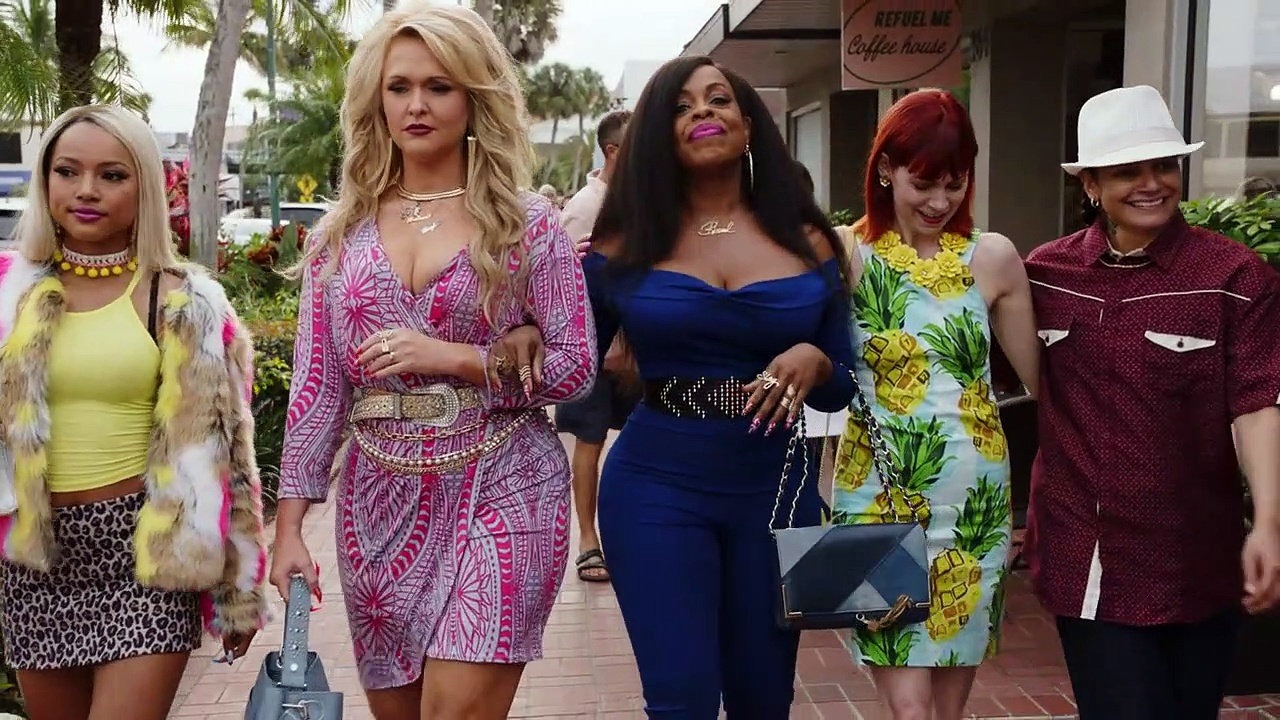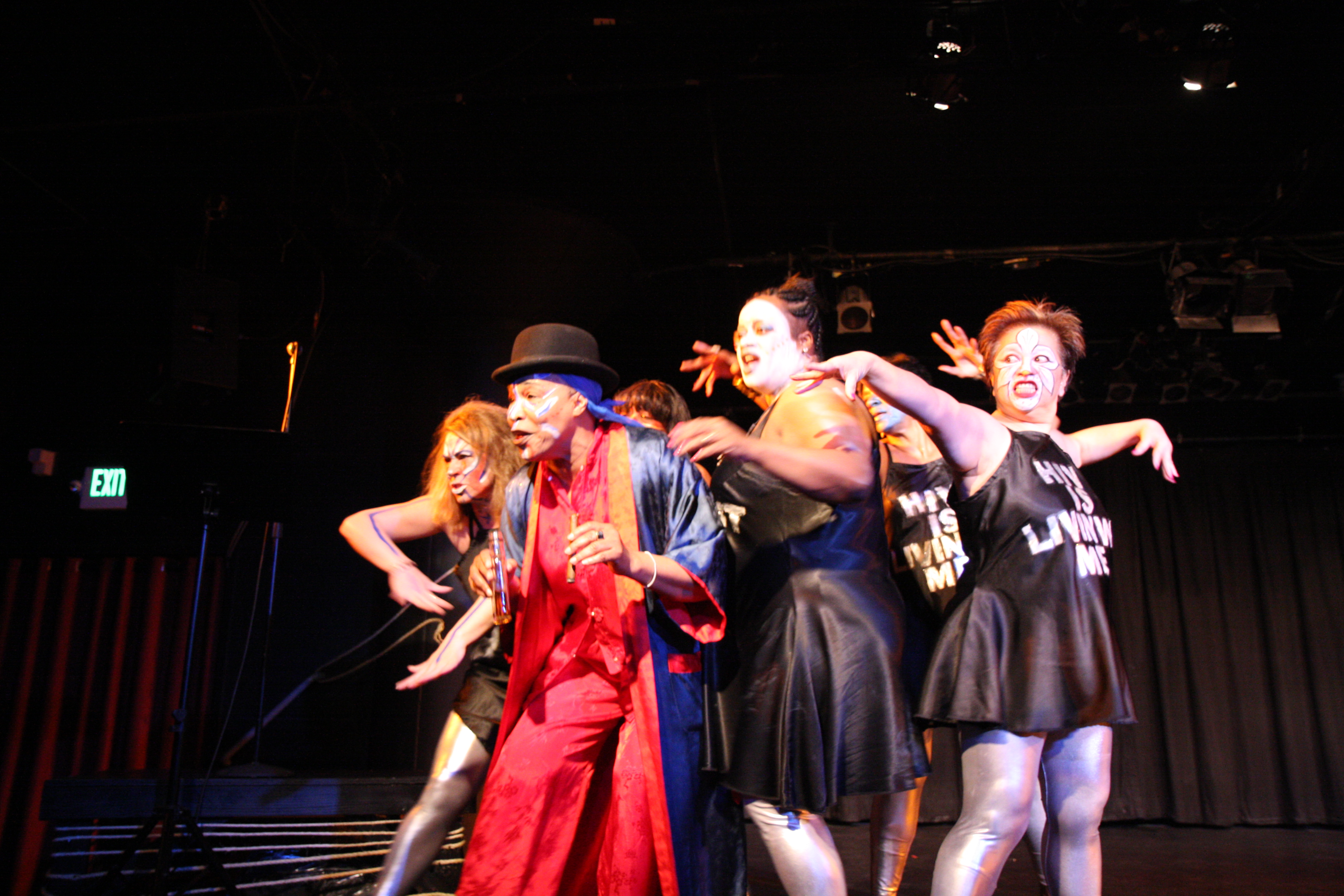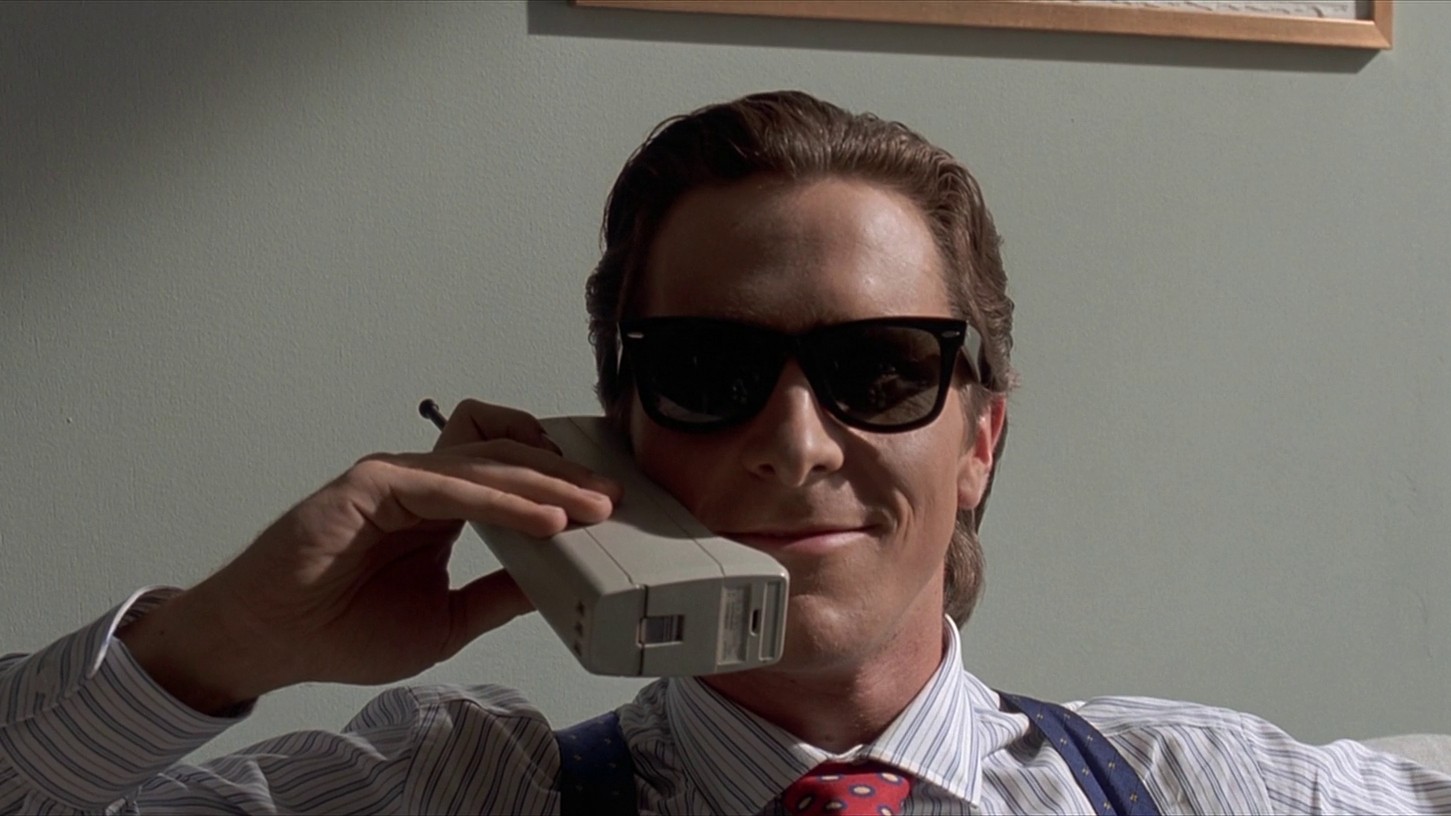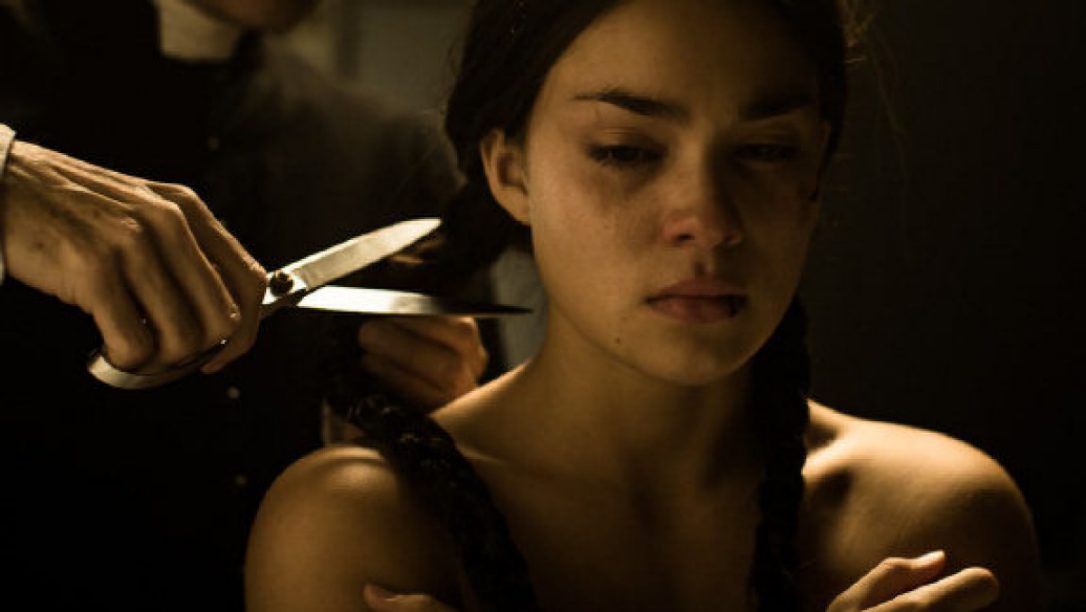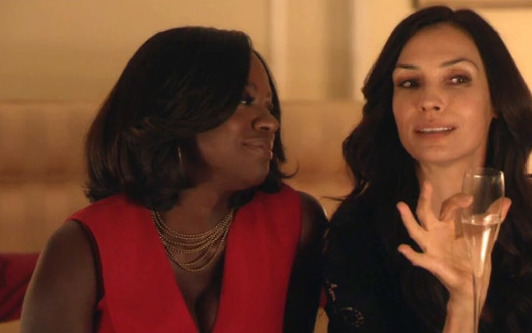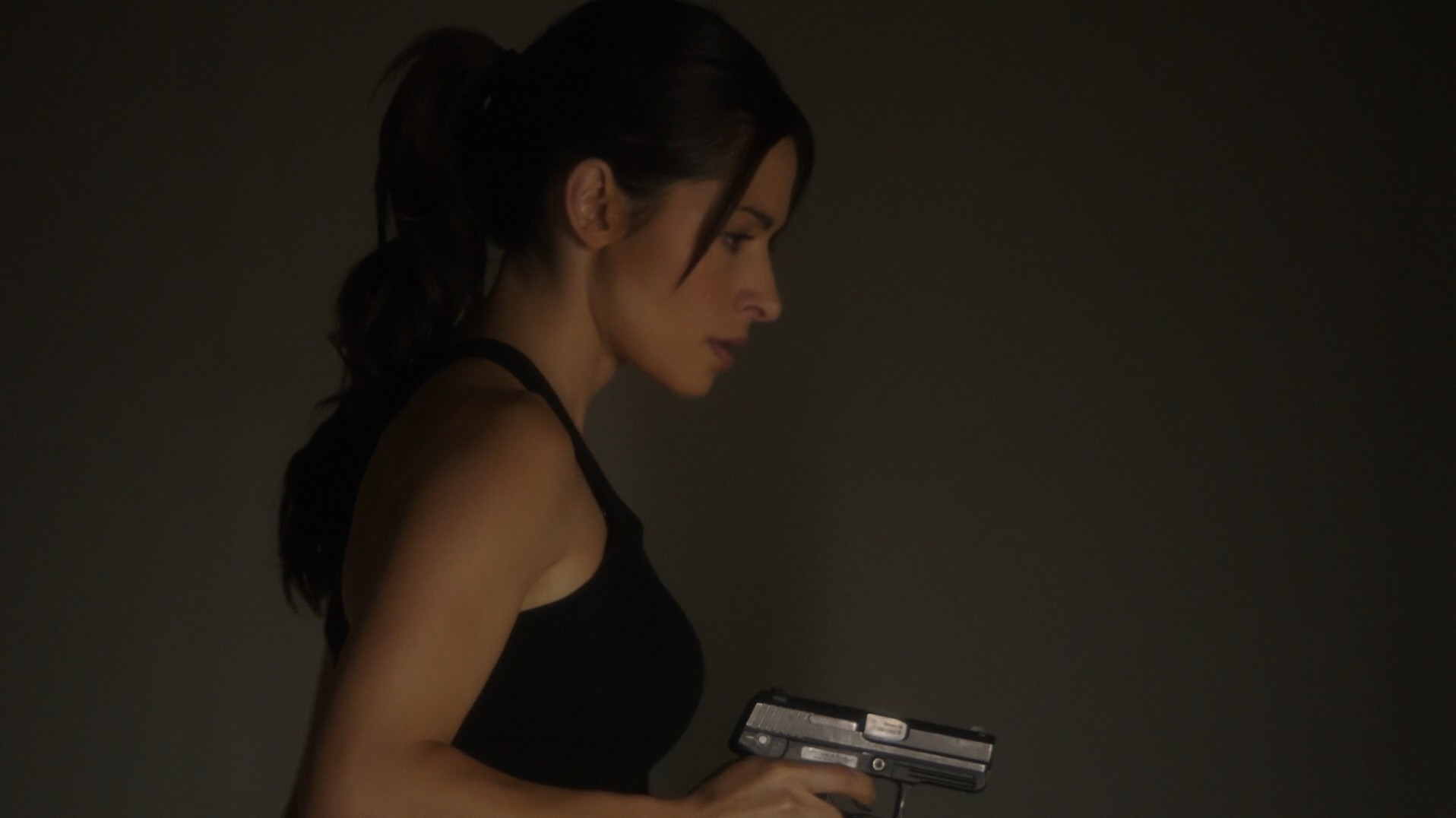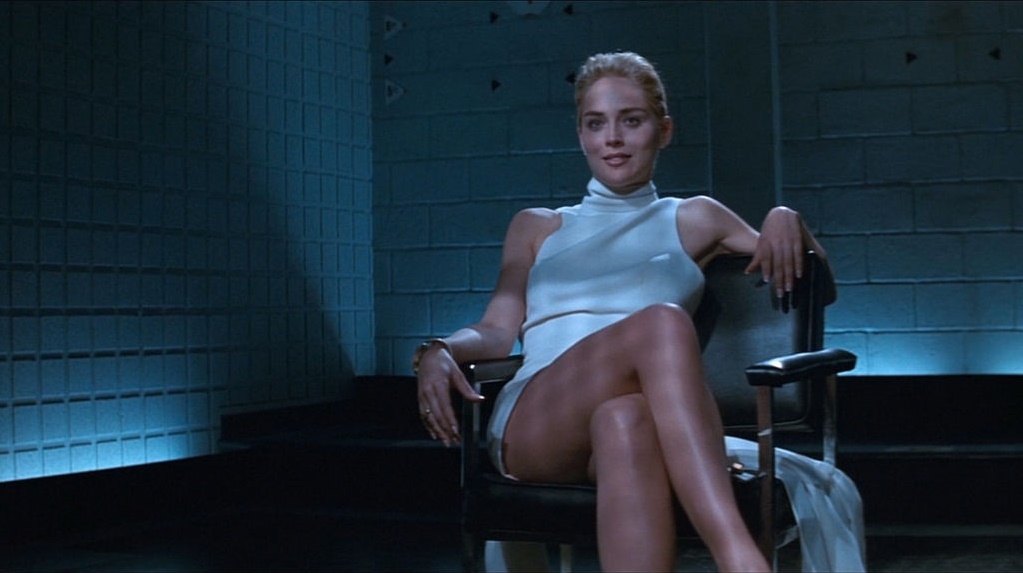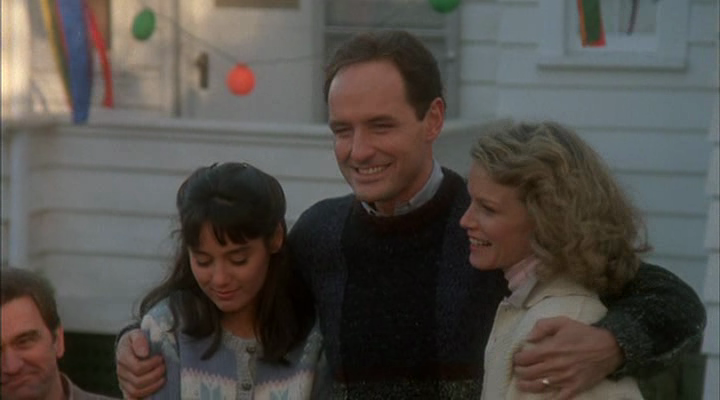This guest post by Odalis Garcia is an edited version of an article that originally appeared at Enjoy the Marina. It is cross-posted with permission.
With the summer now over, I have to say that the best “summer show” premiered this year. Yes, of course we have all been preoccupied with the twists, turns, incestuous deeds, and dragons of Game of Thrones and yes, The Handmaid’s Tale won numerous Emmys, but I’m talking about Claws.
This powerhouse series is led by Niecy Nash, who has finally been given the leading lady role she deserves. She is introduced as Desna, a nail technician from Palmetto, Florida trying to get out from under the hold of the Dixie Mafia, an organized crime syndicate, and open a new nail salon in the wealthier part of town. However, the unplanned murder of her flame (Jack Kesy), the Dixie Mafia’s golden boy, sets her back a couple of steps.
The main story focuses on Desna wanting to give herself and her brother (Harold Perrineau), who’s on the autism spectrum, a better life. Yet in the span of 10 episodes, you start to care deeply for the other members of Desna’s crew and see that they are unique and complex characters. The crew comprises Quiet Ann (Judy Reyes), Polly (Carrie Preston), Jennifer (Jenn Lyon), and Virginia Loc (Karrueche Tran). The friendship and loyalty between these five women places this show in a long legacy of TV shows about female friendship, from Sex and the City to The Bold Type, but it handles itself in a much more realistic manner — it isn’t afraid to call out their flaws just as it highlights their strengths. These women are mothers, caretakers, sisters, nail techs, and lovers; they are absolutely badass and unafraid to ruin anyone who gets in their way.
Quiet Ann, is a lesbian character who’s not a punchline or a trope. She’s a pivotal, if not the most important, member of the crew. She protects the team and keeps them grounded. Plus, she gives great pedicures. She rarely ever speaks but when she does, her words are insightful and always taken as sage advice. Quiet Ann is their protector at all times, but we see her go through a journey of love and inevitably, she must decide to whom she is most loyal.
Polly is a force to be reckoned with. We catch up with her as she is just released from prison after conning older people in a retiree community out of their money. Even though she lied her way through life, she always stays true to Desna and the crew, even if that means she reverts to the criminal habits that landed her in jail in the first place. Preston has been in the game acting for a long time, from True Blood to The Good Wife, (as have Niecy Nash on Reno 911!, Getting On, and Scream Queens, and Judy Reyes on Scrubs and Jane the Virgin), and this is yet another iconic role, a testament to her talent.
Jennifer Husser, is Desna’s best friend but there is more to her than just the constant companion. She’s a mother and recovering from alcoholism, who has already been hurt by the mob’s influence in her life, though she technically married into it. She will ferociously defend her daughters and family even if at times it conflicts with the interests of her best friend.
And last but not least is Virginia, who at first seems to be Desna’s foil. But as the series progresses, we see her evolve from petty and competitive to realizing that she seeks acceptance, a way to get out of the stripping business, and a desire to have a “found family” who will support her and have her back.
Devoted to each other, these women are as intense in their loyalty to one another as they are in their manicure game. They will just as easily create art while simultaneously framing some evil, rich, white people for murder. It’s not to say that there aren’t divisions in the friendships at times and that trust doesn’t falter every now and then, but that’s just life. Friendships will chip but the beauty of women, which Claws illustrates, is that even when we’re not on great speaking terms, we will root for each other.
Of course it makes sense that the female characters are so complex and intriguing since the creative team is composed mainly of women, including showrunner, executive producer, and writer Janine Sherman Barrois (The Jamie Foxx Show, Criminal Minds, ER) — one of the few Black women showrunners — as well as directors Victoria Mahoney (Yelling to the Sky, Queen Sugar, Power) and Nicole Kassell (The Killing, The Closer, The Americans), and executive producer Rashida Jones.
This show is the perfect example for what happens when diversity isn’t just written into the script but is also practiced behind the camera; because of this the women of color in the show are written with the nuance and care that any other character (read: usually white characters) gets.
It could be because of this same reason that its characters are so intriguing. It goes beyond women understanding the way female friendships work, but also knowing that one woman doesn’t have to be a paragon of strength for all women. Women also fail, are complicated, and will get angry. Women are saintly but also manipulative. Women are people too. The creators of this show demonstrate that through the way they’ve written the characters.
Claws also deconstructs gender roles and toxic masculinity. The three main male Hussers of the Dixie Mafia are not afraid to express their emotions and cry. When (SPOILER ALERT) Roller is believed to be dead, the Husser men cry openly and in front of everybody, unafraid to show how they feel. Bryce Husser (Kevin Rankin), Jennifer’s husband, is very vulnerable and honest with his wife about their marriage and is willing to talk about how to make it better — instead of just closing off.
Mob boss, Clay Husser (Dean Norris), who goes by the nickname “Uncle Daddy,” has his own side boy toy who’s treated as part of the family. He’s also devoted to his wife (Dale Dickey), treating her with the reverence due a warrior empress. Uncle Daddy’s masculinity and bisexuality are never questioned.
The show addressed Roller’s (Kesy) trauma after being a victim of kidnap and sexual assault; a narrative that’s not usually given to male characters. It’s a sad reality that men are less likely to report when they have been abused for fear of not being understood or supported. However, about 14% of survivors who report rape are male.
When it comes to the women and gender roles, Desna, and the rest of the women for that matter, are not judged for their sexual desires and casually talk about sex in the nail salon — really the best place for that kind of gossip. Quiet Ann is probably the most physically strong but there is a tenderness to her when it comes to falling in love. And it’s admirable that her queerness is a simple fact, giving her a love interest without anyone batting an eyelash. The only issue with the woman she falls for is that she’s a detective looking into the Dixie Mafia and Desna by default.
Claws is the show that you can’t miss. Now that it has been renewed for a second season, I can’t wait to see how the series will further develop. And I will repeat: it is SO GOOD to finally see Niecy Nash in the spotlight she deserves.
Through Nash’s Desna, we see a character that is not often explored in the world of television. She’s unapologetic, driven, and totally badass — characteristics not usually attributed to actresses in their late 40s, and especially not to women of color. We, as the audience, want to see her achieve her goals of opening the new salon, of finally getting out from under mob rule, of her getting that big house her brother always dreamed of, of finally leaving abusive people behind. Women need to see that happen, no matter how dramatic it may be; it’s a message they can relate to.
Here’s hoping that next summer won’t just be about the arrival of winter or whatever else, but about the heat and vibrancy of the sunshine state and the five women who stick together through thick and thin and all that humidity.
